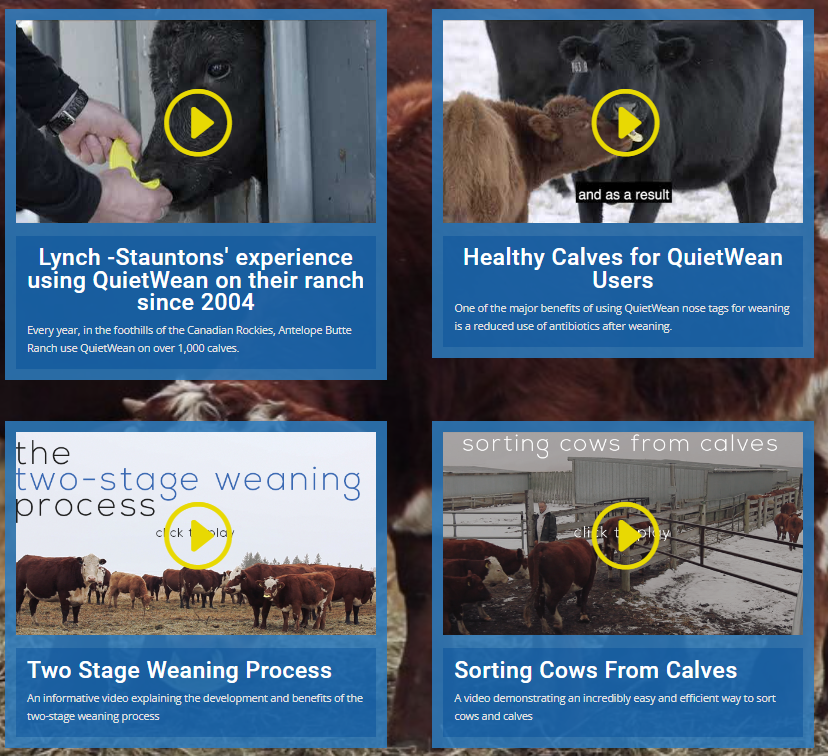What is it?
Benefits of two-stage weaning. Researched and developed by Dr. Derek Haley and Dr. Joe Stookey at the Western College of Veterinary Medicine at the University of Saskatchewan.
Weaning is the process of a calf switching from a milk-based diet to a diet of grazing. Two-stage weaning is a method of weaning in which a calf is prevented from nursing while being able to remain near its dam (mother).
Stage 1 involves putting an anti-suckling nose paddle on the calves. After about 4-5 days, the nose paddles are removed and the calves are separated from their mothers for stage 2.
This method of weaning allows the cow-calf pair to stay together but prevents the calf from being able to nurse. This forces the calf to switch to eating grass while being able to stay with its mother, making the transition less stressful.
Challenges
- Two-stage weaning requires additional labour, as it requires calve handling for both nose-paddle insertion and removal.
- Obtaining the nose paddles is an additional cost, however, they can be reused.
- While this additional work and added expense falls on the cow-calf ranchers, they do not receive increased profits for doing this work.

How Does it Prevent AMR?
Two-stage weaning causes less stress to the calves than traditional abrupt weaning. This can be seen both behaviourally, as the calves exhibit reduced pacing and vocalization, as well as physically through improved weight gain. Reduced stress is associated with a reduced incidence of Bovine Respiratory Disease (BRD) and a reduction in antimicrobial use.


